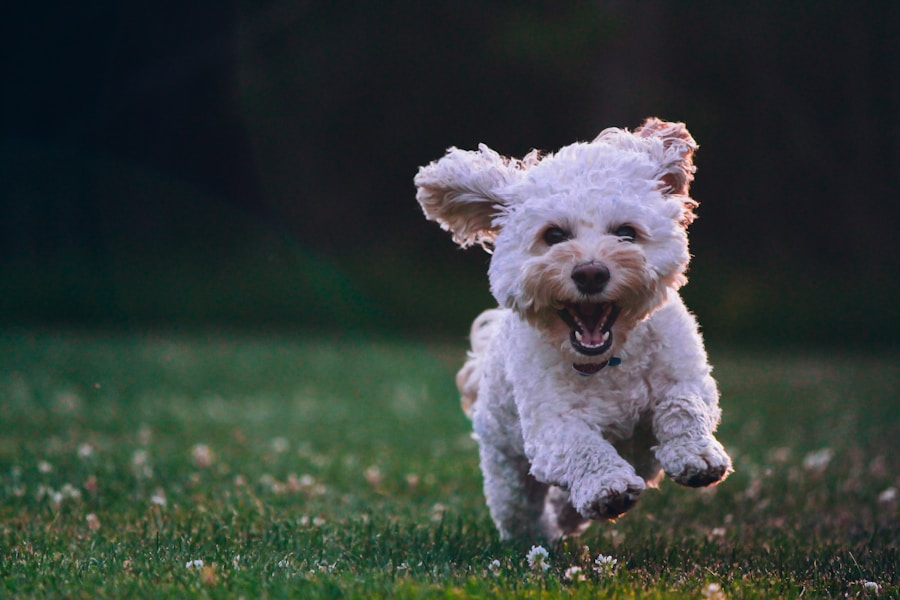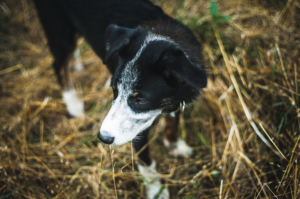
Your dog has eaten chicken bones? A Cautionary Tale for Dog Owners
Your dog has eaten chicken bones? Owning a dog is a wonderful experience, but it also comes with great responsibility. Dogs rely on their owners for their health and well-being, and it is crucial for owners to fulfill these responsibilities. Being a responsible dog owner means taking care of your dog’s physical and emotional needs, providing them with proper training and supervision, and being aware of potential dangers that could harm them. By being a responsible dog owner, you can ensure that your furry friend lives a happy and healthy life.
Your dog has eaten chicken bones? The Dangers of Feeding Dogs Chicken Bones
Feeding dogs chicken bones can be extremely dangerous and should be avoided at all costs. Chicken bones can splinter easily when chewed, and these sharp fragments can cause serious harm to dogs. Dogs can choke on bones or suffer from internal injuries if the bones puncture their digestive tract. It is important to note that this applies to all types of chicken bones, including cooked and raw bones.
If you want to give your dog a bone to chew on, it is best to opt for specially designed dog bones or toys that are made to be safe for chewing. These products are designed to be durable and do not splinter easily. Additionally, there are many other safe and healthy alternatives for dogs to chew on, such as rubber toys or dental chews.
When to Seek Emergency Veterinary Care for Your Dog
Knowing when to seek emergency veterinary care for your dog can save their life. There are certain signs that indicate a medical emergency in dogs, and it is important for owners to be aware of these signs. Difficulty breathing, seizures, severe bleeding, sudden collapse, or any other sudden change in behavior or appearance should be taken seriously and require immediate veterinary attention.
It is always better to err on the side of caution when it comes to your dog’s health. If you are unsure whether your dog’s symptoms warrant emergency care, it is best to contact your veterinarian or an emergency veterinary clinic for guidance. They can help assess the situation and advise you on the best course of action.
Signs and Symptoms of a Dog in Distress
Dogs cannot communicate their pain or discomfort in the same way humans can. It is important for dog owners to be able to recognize the signs and symptoms of a dog in distress so that they can provide the necessary care. Some common signs of a dog in distress include excessive panting, restlessness, headaches, whining or whimpering, loss of appetite, vomiting, diarrhea, lethargy, and aggression.
If you notice any of these signs in your dog, it is important to consult with your veterinarian. They can help determine the underlying cause of your dog’s distress and provide appropriate treatment. Remember, early intervention is key to preventing further complications and ensuring your dog’s well-being.
Understanding the Risks of Common Household Items for Dogs
Many household items can be dangerous for dogs if ingested or exposed to. It is important for dog owners to be aware of these risks and take steps to prevent their dogs from accessing these items. Some common household items that can be toxic to dogs include chocolate, grapes, raisins, onions, garlic, alcohol, caffeine, certain medications (such as ibuprofen or acetaminophen), cleaning products, and certain plants.
If you suspect that your dog has ingested any toxic substances or has been exposed to something harmful, it is important to contact your veterinarian immediately. They can provide guidance on what steps to take and whether emergency veterinary care is necessary.
The Importance of Proper Training and Supervision for Dogs
Proper training and supervision are essential for keeping dogs safe and preventing accidents and injuries. Dogs need to be trained to follow basic commands such as sit, stay, come, and leave it. This not only helps keep them safe but also allows for better control in potentially dangerous situations.
Supervision is equally important, especially when dogs are around potentially dangerous items or situations. Dogs are naturally curious and may be tempted to explore or ingest things that could harm them. By supervising your dog and keeping a watchful eye on their behavior, you can intervene and prevent accidents from happening.
How to Prevent Accidents and Injuries in Your Home
Taking steps to prevent accidents and injuries in your home is crucial for keeping your dog safe. This includes keeping dangerous items out of reach, securing cabinets and trash cans, and ensuring that your home is properly fenced to prevent escapes. It is also important to provide a safe and comfortable environment for your dog, with appropriate bedding, toys, and access to fresh water.
Regularly inspect your home for potential hazards and make necessary adjustments to ensure your dog’s safety. This may include covering electrical cords, securing loose objects that could be knocked over, and removing toxic plants from your home or yard.
The Role of Regular Veterinary Check-Ups in Your Dog’s Health
Regular veterinary check-ups are an important part of maintaining your dog’s health. These check-ups allow veterinarians to assess your dog’s overall well-being, detect any potential health issues early on, and provide necessary vaccinations or preventive treatments.
During a veterinary check-up, your veterinarian will perform a thorough physical examination of your dog, check their vital signs, and may recommend additional tests or screenings based on their findings. These check-ups also provide an opportunity for you to discuss any concerns or questions you may have about your dog’s health or behavior.
The Cost of Emergency Veterinary Care: A Financial Consideration for Dog Owners
Emergency veterinary care can be expensive, and it is important for dog owners to consider the financial implications of owning a dog. It is recommended to have a financial plan in place to cover unexpected veterinary expenses, such as setting aside a designated emergency fund or considering pet insurance.
Pet insurance can help offset the cost of emergency veterinary care and provide peace of mind knowing that your dog’s health needs will be covered. It is important to research different pet insurance options and choose a plan that best fits your needs and budget.
The Emotional Toll of Seeing Your Dog in Pain or Distress
Seeing your dog in pain or distress can be emotionally difficult for any dog owner. It is important to take care of your own emotional well-being as well as your dog’s physical health. Reach out to friends, family, or support groups who can provide understanding and support during difficult times.
Additionally, consider seeking professional help if you find yourself struggling to cope with the emotional toll of seeing your dog in pain or distress. A therapist or counselor can provide guidance and support to help you navigate through these challenging emotions.
Taking Responsibility for Your Dog’s Well-Being
Your dog has eaten chicken bones? Being a responsible dog owner means taking care of your dog’s health and well-being. This includes providing proper nutrition, regular exercise, training, and socialization. By understanding the risks and taking preventative measures, you can keep your dog safe and healthy.
Remember, dogs rely on their owners for their physical and emotional needs. By being a responsible dog owner, you are not only ensuring the well-being of your furry friend but also fostering a strong and loving bond that will last a lifetime.






